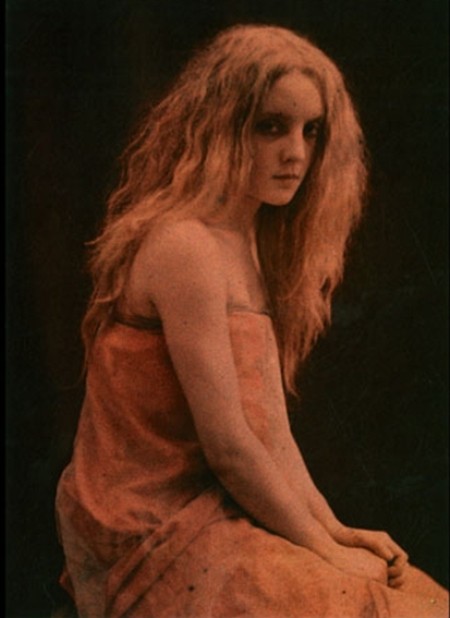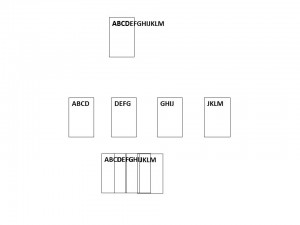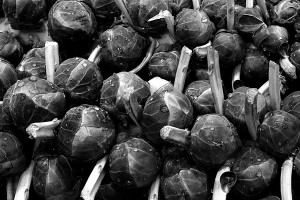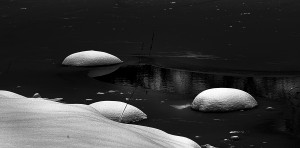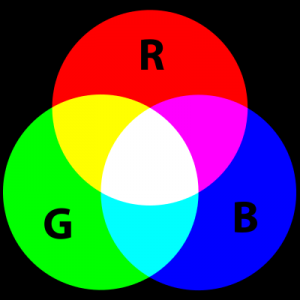
Figure 1 – The additive color wheel from the wikicommons b Mike Horvath New version by jacobolus and released to the public domain.
Yesterday we discussed the fact that color photography first became practical with the introduction of the Autochrome process in 1907. Autochrome was patented by brothers Auguste Marie Louis Nicholas and Louis Jean Lumière in 1903, It was the dominant form of color photography until the introduction of Kodachrome in 1935. As many photographers lament, Kodachrome succumbed to the commercial onslaught of digital photography and was withdrawn from the market in 2010. Kodachrome had a very unique soft pastel quality. I think that you will agree, after seeing some Autochrome images here, that Autochrome also had its own unique appearance and aesthetic quality.
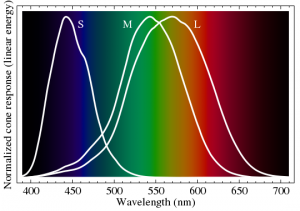
Figure 2 – The spectral sensitivity of the S, L, and M type cones in the human eye. Image from the Wikicommons and in the public domain.
Autochrome was an additive process (see Figure 1). The human eye has three types of color receptors, S, M, and L cone types, each with its own spectral sensitivity, as shown in Figure 2. . Color vision, in its essence, comes from the relative excitation of the these three types of photoreceptor cells.In additive color a set of primary colors, usually red, green, and blue is used for illumination. You might imagine, for instance, that the image of Figure 1 was created with three slide projectors, projecting a red, a green, and a blue circle respectively. Where they all mix equally you get white. Essentially, any color can be achieved by varying the proportions of these three primary colors.
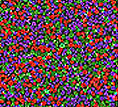
Figure 3 – A closeup of the potato starch particles in an Autochrome from the Wkicommons and in the public domain
Your eye will respond accordingly. What does that mean? It means that the different cone types respond according to the responses shown in Figure 2. These responses are then interpreted by the brain to perceive color. This is what we mean by physiological optics. It’s not just a question of the laws of optics. It’s the laws of optics interpreted by the eye and the brain. Some will recall Plato’s admonition against trusting the perception of our senses in seeking truth about the universe (see for instance, Richard Tarnas, “The Passion of the Western Mind“).
This kind of additive color process is exactly how a modern LED monitor works. There are three light emitting diodes that make up a pixel. Each with its own color spectrum. We tend to take our technology for granted, which we really shouldn’t do. Think about how minutely small these diodes need to be, how perfectly the thousands of them must be assembled to create a monitor, and finally recognize that there is so little room for error. You wouldn’t accept a monitor with many bad pixels. All of this is why new technologies are so expensive initially.
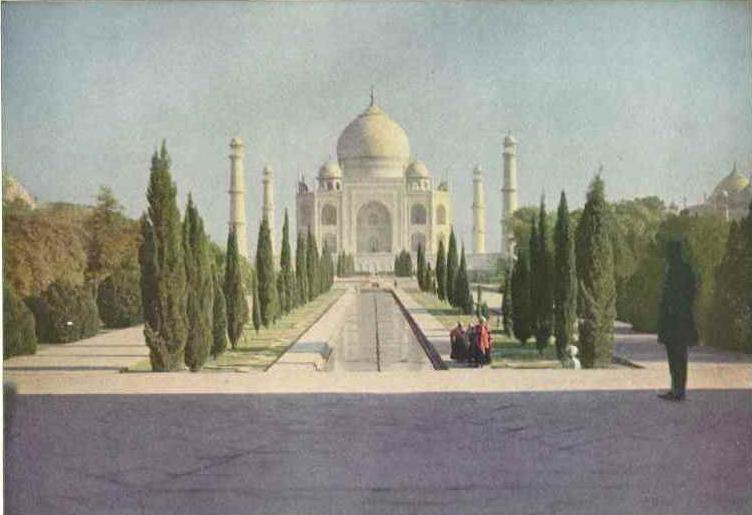
Figure 4 – The Taj Mahal an Autochrome taken by Helen Messinger Murdoch for the National Geographic Magazine, March 1921 from the Wikicommons and in the public domain.
The reason that I am blithering on about how marvelous our digital technology is, is that I now want you to image that it is over a hundred years ago. The only tools that you have are analogue ones. But you want to do the same thing. You want to create a minute color pixel matrix. How did the Lumiere brothers do it? They used potato starch. As a modern technology inventor, I stand in total and complete awe of them.
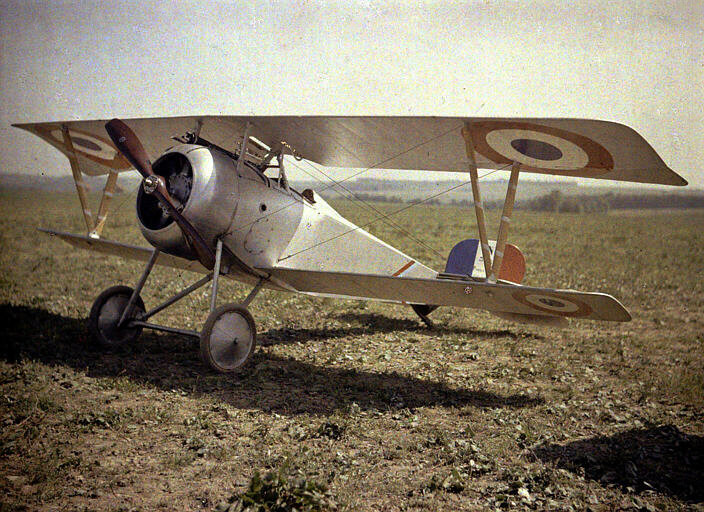
Figure 5 -n Autochrome of a Nieuport 23 C.1 fighter plane 1917 from the Wikicommons and in the public domain
The Autochrome process works as follows. An adhesive layer was coated onto a glass plate. Potato starch grains graded to 5 to 10 um where attached to this layer. The starch grains were dyed with either red orange, green, or blue violet dye (an unusual color wheel). Gaps between the grains were filled with lamp black (essentially soot). A closeup of this “pixel” pattern is shown in Figure 3. Note that if we are dealing with a two inch by two inch plate, this density corresponds to about a 5.3 MPz image – pretty impressive for 1907. This fragile layer was coated with a shellac and then overlain with a conventional silver halide gelatin emulsion. Because of the high sensitivity of these emulsion to UV light from the sun, a yellow orange filter needed to be placed in front of the camera lens when taking a photograph to block-out these rays.

Figure 6 – California Golden Poppies an Autochrome taken between 1907 and 1911 by Arnold Genthe in the LOC from Wikicommons and in the public domain
When a photograph was taken the colored potato starch grains acted as minute filters. The silver halide emulsion was developed by conventional means and then reversed to a positive by what is effectively a bleaching process. Since the colored starch matrix remains intact, when the positive image (say illuminated from behind) will become colored as light passes back through the filter matrix.
This process very successfully creates color images, which certainly accounted for its popularity during the three decades of its dominance. It should also be noted that towards the end of its commercial span roll film versions were also successfully introduced. Several examples of beautiful Autochromes are shown in Figures 4 to 6.



